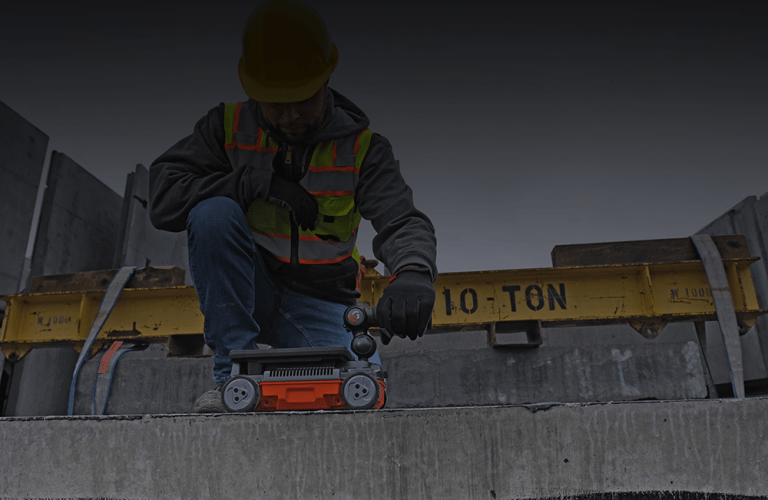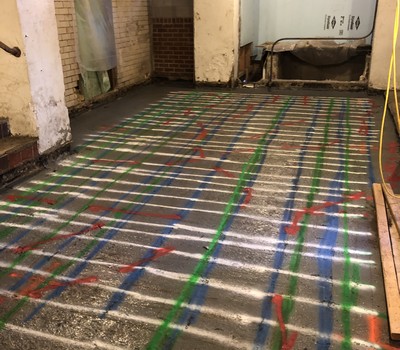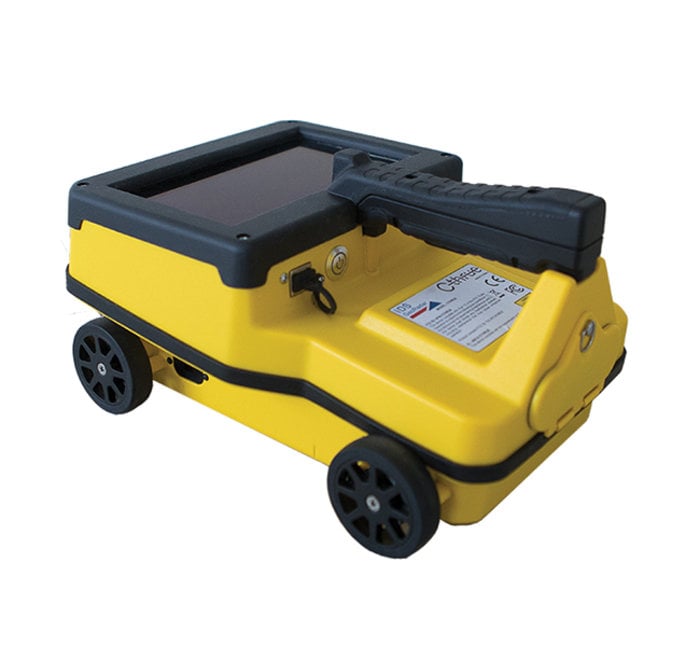Concrete Scanning: A Crucial Step In The Direction Of Making Certain Architectural Integrity and Security
In the world of construction and facilities upkeep, the importance of concrete scanning can not be overemphasized. This thorough process holds the crucial to introducing possible dangers hidden under the surface of apparently strong structures. By utilizing innovative technology and approaches, concrete scanning works as an essential device in guaranteeing that the integrity and safety and security of bridges and structures are promoted to the greatest standards. Nonetheless, past its surface-level effects, the role of concrete scanning expands far deeper than fulfills the eye.
Value of Concrete Scanning
Concrete scanning plays a crucial function in making certain the architectural stability and security of buildings and framework tasks. By making use of sophisticated innovations such as ground-penetrating radar (GPR) and electro-magnetic induction, professionals can non-destructively inspect concrete structures to discover possible defects, voids, ingrained things, and reinforcement design. This process allows very early detection of anomalies that can endanger the security of a structure, preventing costly problems and guaranteeing the security of passengers.
Concrete scanning is specifically crucial throughout the planning and construction phases of a task. Prior to drilling, cutting, or coring right into concrete, scanning aids determine the exact locations of rebar, post-tension wires, and various other ingrained aspects, minimizing the risk of accidental hits that might cause architectural weak points. In addition, concrete scanning help in top quality control by verifying the density of concrete covers and spotting any type of discrepancies that may impact the overall durability of the framework. Ultimately, purchasing concrete scanning services is not just a positive action to reduce risks yet likewise an essential step towards keeping the lasting safety and security and stability of buildings and facilities.
Innovation for Concrete Assessment

Benefits of Very Early Discovery
Timely detection of structural issues can considerably reduce risks and guarantee the longevity of building jobs. By identifying possible problems early on in the building and construction process, stakeholders can take positive procedures to address problems prior to they escalate right into larger and more costly problems. Among the vital advantages of early detection is the avoidance of structural failures, which can pose severe safety and security risks and bring about project delays and financial losses.
Furthermore, very early discovery enables prompt repair services and maintenance, which can aid expand the life-span of the framework. By addressing problems without official site delay, building and construction teams can stay clear of pricey repairs and even the need for early replacement of structural parts. This proactive approach not just saves time and money however additionally enhances the overall security and sturdiness of the building and construction job.
Furthermore, very early discovery can enhance job planning and decision-making by offering stakeholders with useful insights into the condition of the structure. Armed with this details, task supervisors can make informed choices relating to building and construction materials, timelines, and approaches, bring about more reliable and effective job outcomes.
Ensuring Structural Security
Making sure the architectural security of a construction job is extremely important to its safety and security and long life. Architectural stability describes the capability of a building or facilities to preserve its form and feature under numerous loads and environmental problems. To accomplish this, comprehensive analysis and tracking of the structure are crucial. Concrete scanning plays a critical duty in making sure architectural security by detecting potential concerns such as spaces, delamination, or reinforcement rust that could endanger the honesty of the structure with time.
By making use of advanced scanning modern technologies like ground-penetrating radar (GPR) and electromagnetic induction, building and construction experts can non-invasively examine concrete structures to determine locations of issue below the surface area. This proactive approach permits the very early discovery of defects or weaknesses, allowing punctual repairs or reinforcement to prevent architectural failings.
Routine concrete scanning during various construction phases and throughout the life cycle of a structure can aid maintain its security, mitigate risks, and guarantee the security of owners. By focusing on architectural security through concrete scanning, building jobs can improve their durability and sturdiness, eventually adding to better security and long life.

Protecting Against Critical Failings
To protect versus disastrous events, precise monitoring and positive maintenance are critical in preventing important failings within architectural frameworks. Identifying possible concerns before they rise is crucial to avoid structural failings. Implementing regular evaluations, such as concrete scanning, can reveal covert flaws like voids, splits, or deterioration that can compromise the stability of a structure. By look at this web-site utilizing advanced scanning innovations like Ground Permeating Radar (GPR) or Concrete X-ray, engineers can non-destructively examine the condition of concrete and identify powerlessness that need support or repair work - RainierGPR Service Areas.

Conclusion
In conclusion, concrete scanning plays an essential function in making certain structural honesty and safety by making use of innovative modern technology for very early detection of potential problems. This aggressive approach assists stop essential failings and makes sure the security of structures. It is necessary to prioritize concrete evaluation as a common method to secure the longevity and security of buildings and facilities.
Concrete scanning plays an important duty in making sure the architectural integrity and safety and security of structures and facilities projects. Furthermore, concrete scanning aids in top quality control by validating the thickness of concrete covers and finding any kind of inconsistencies that might influence the general durability of the framework. Concrete scanning plays a crucial duty in making sure structural security by spotting possible concerns such as voids, delamination, or reinforcement deterioration that can compromise the integrity of the structure over time.

In verdict, concrete scanning plays a critical role in guaranteeing structural stability and security by utilizing innovative modern technology for early detection of possible concerns.